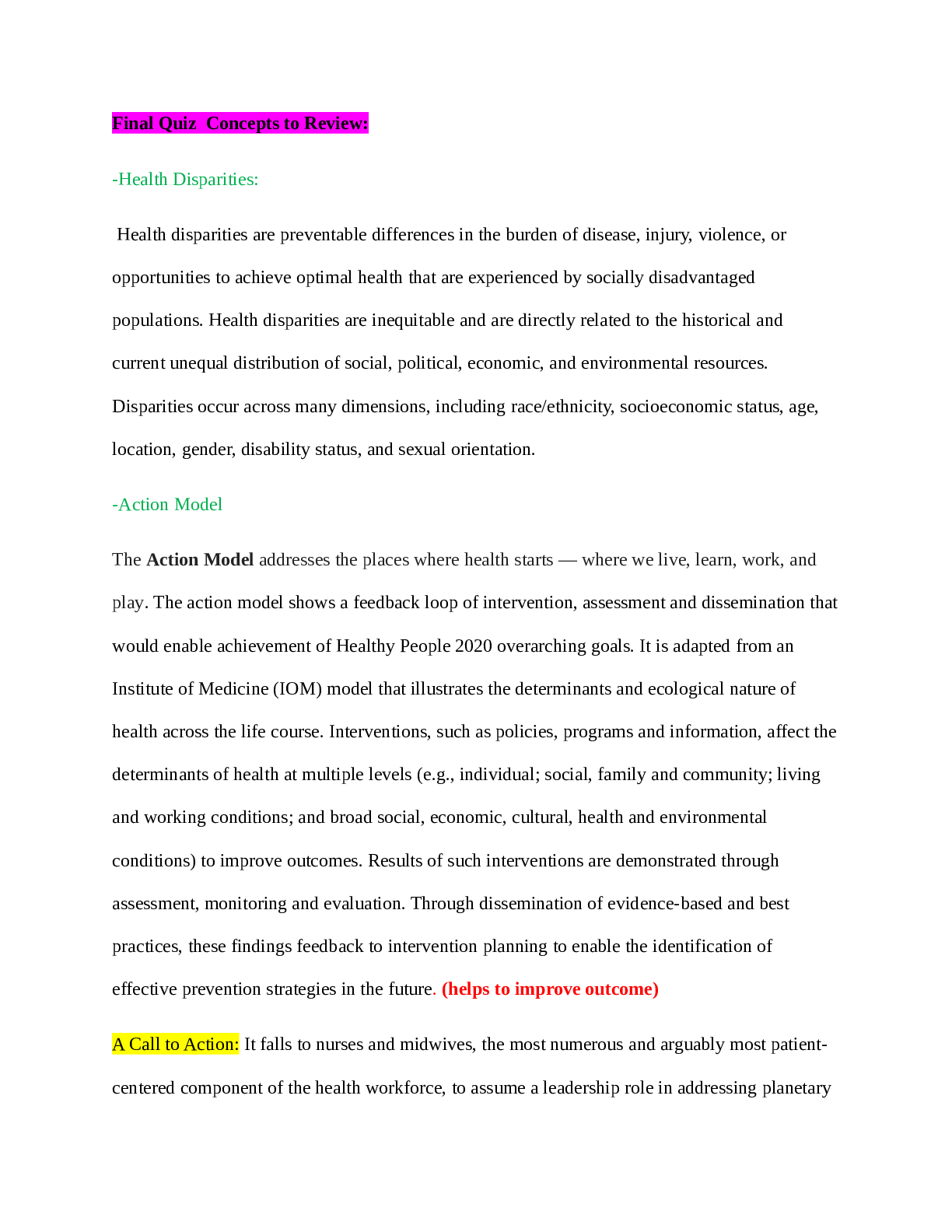NR 503 final exam
Course
Music
Subject
Chemistry
Category
Exam
Pages
16
Uploaded By
ATIPROS
Preview 4 out of 16 Pages


Download all 16 pages for $ 9.50
Reviews (0)
$9.50
